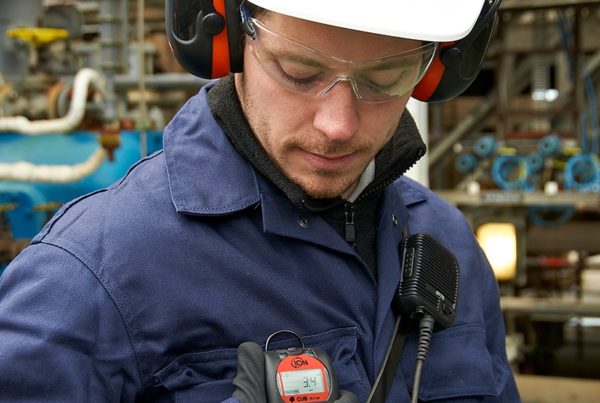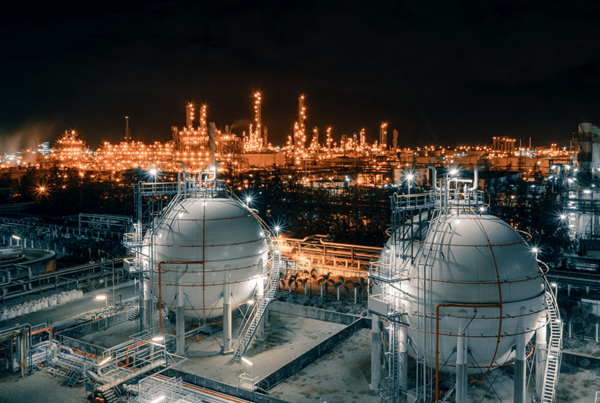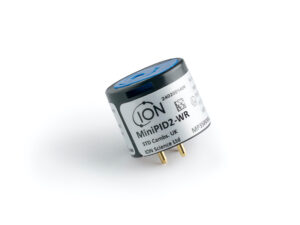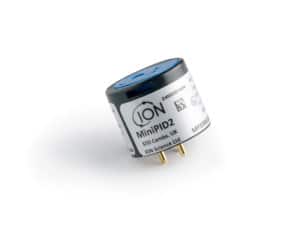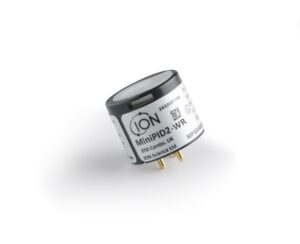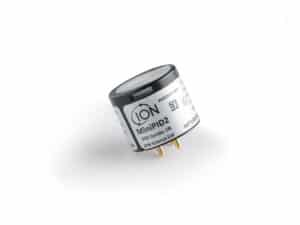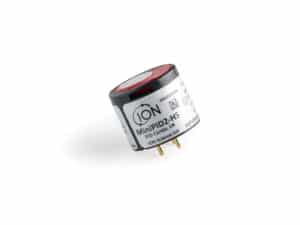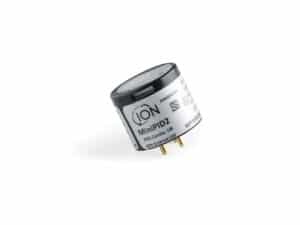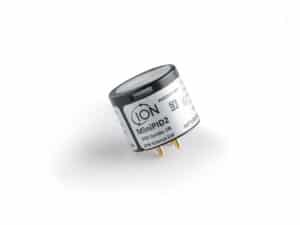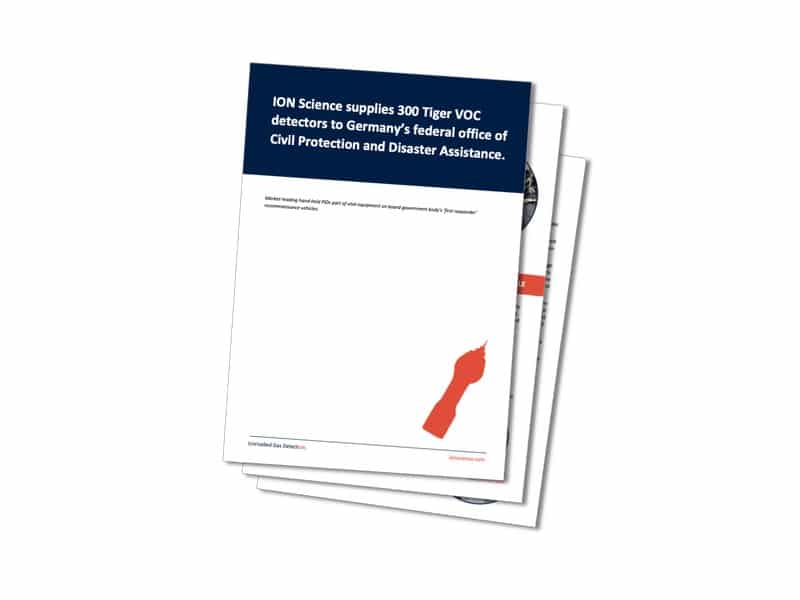
Many Hazardous Materials incidents involve volatile organic compounds (VOCs).
Hazardous Material spills response can include biological, chemical and radiological materials that pose a serious risk to the public or workers.
Germany’s Federal Office of Civil Protection and Disaster Assistance (BBK) recently purchased 300 Tiger photoionisation gas detectors. One for each of its nation wide fleet of first response reconnaissance vehicles. These 4 x 4 vehicles carry a wide range of equipment ready to investigate a diverse range of hazardous situations. The Tiger instruments supplied can detect a wide range of Volatile Organic Compound (VOC) gases. Each of these reconnaissance vehicles now has the ability to measure VOC gases down to part per billion levels.
In response to new threats such as 11 September 2001 and the flood catastrophe of 2002, the Federal Office of Civil Protection and Disaster Assistance (BBK) was established on 1 May 2004 as part of the Federal Ministry of the Interior. The interdisciplinary approach of this office includes all services of civil safety prevention and links them to an efficient protection system for the country’s population and its basic survival needs.
Specific advantages
One of the advantages of the Tiger is its Photo Ionisation (PID) sensor has a fence electrode. A world wide patent was granted for the fence 2006 and is recognised as being the best performing on the market. The fence electrode is an internal part of the MiniPID sensor that is used inside the Tiger instrument. It reduces the effects of humidity and contamination particularly if the instrument is being used in differing humid conditions. Without a fence electrode, photo ionisation sensors are affected by humidity, especially if internal surfaces are contaminated.
The Tiger is also certified intrinsically safe meaning it can be used in potentially explosive environments.
Hazardous Material spills including biological, chemical and radiological materials pose a serious risk.
The general Hazardous Material spill response procedures include:
- Rescue
- Confine
- Secure
- Cleanup

